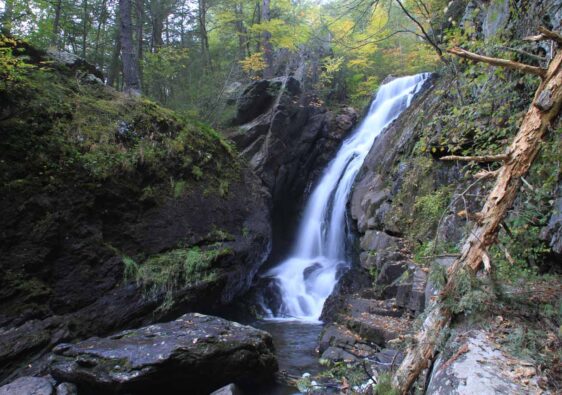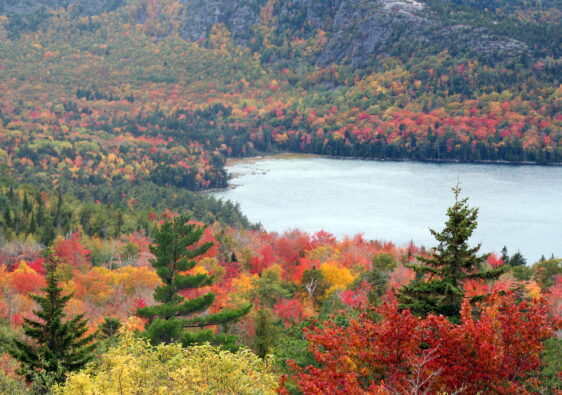Blossom by blossom the spring has begun. We can hear the birds chirping, flowers are blooming, and feel the crisp fresh air. Blooming cherry blossom trees go hand in hand with the arrival of spring, but have you ever wondered about the interesting history of these pretty pink flowers? People travel to see the famous Washington D.C. cherry blossoms, but do you know that the “Cherry Blossom Capital of the World” is in another American city?
When I think of spring the image that comes to my mind (just like many of us) is Cherry Blossom, also known as “sakura” — white and pink flowers, bursting across cities and mountains, petals covering the ground. They bloom in the spring and produce quite the spectacle, offering a brief bloom that lasts only two weeks. These flowers are native to Asia. However, they have been brought all over the world and can be found growing in many other countries as well.
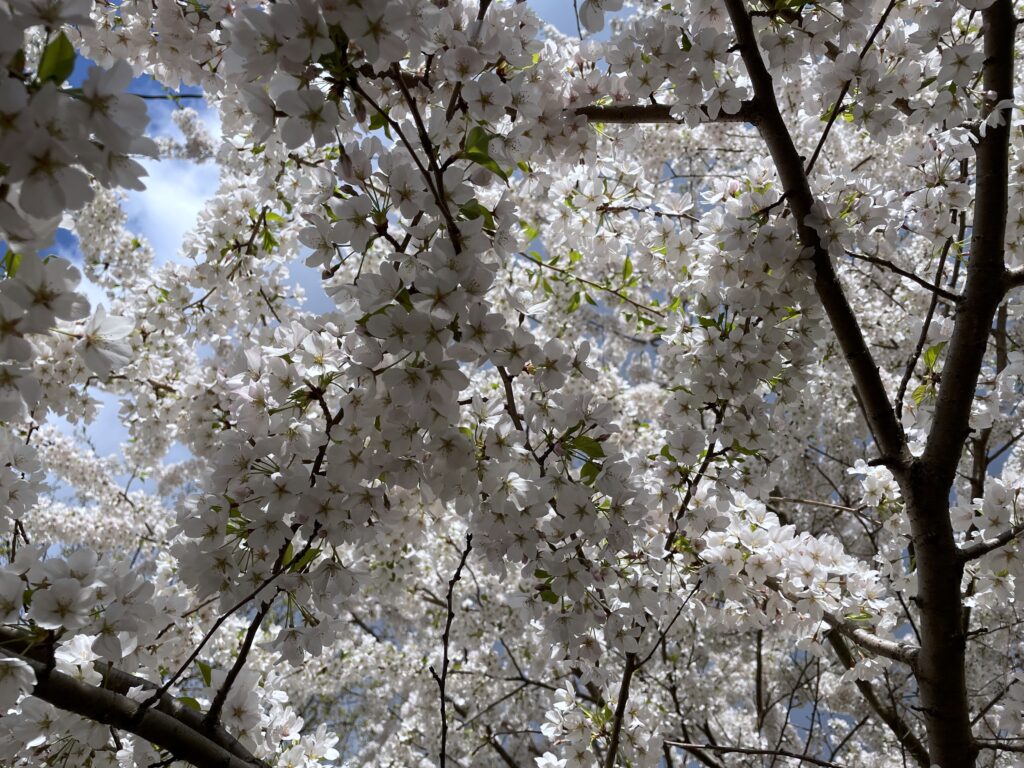
Once in bloom, these iconic flowers do not stick around for long. But that’s part of their charm. In Japan, where the world’s fascination with these flowers originates, the cherry blossom (called sakura in Japanese) symbolizes the fleeting nature of life. The Japanese counteract this notion of forthcoming decay with hanami, a long-standing tradition of gathering beneath the blossoms with food, music, and friends to celebrate.
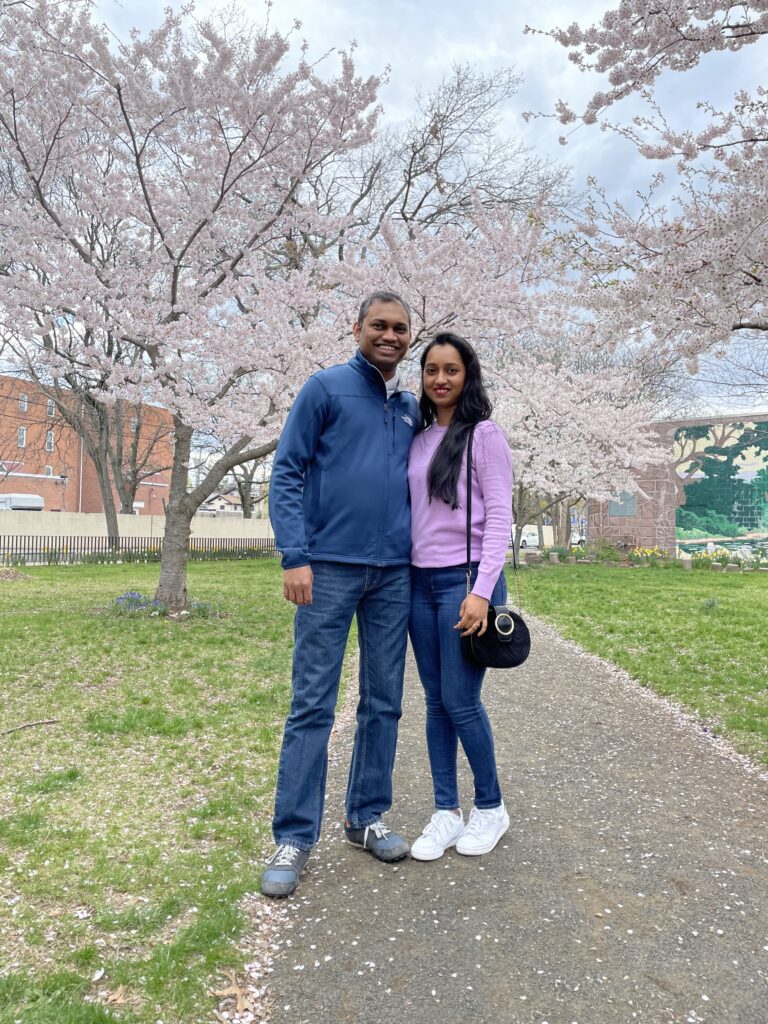
Wooster Square Park in New Haven, Connecticut
This weekend we decided to visit Wooster Square Park in New Haven, CT. Every year there is an Annual Cherry Blossom Festival to celebrate the planting of 72 Yoshino Japanese Cherry Blossom trees in 1973 by the New Haven Historic Commission in collaboration with the New Haven Parks Department and residents of the neighborhood. Due to the pandemic; in 2020 and 2021 the festival has been canceled. But the blossom was as always spectacular.
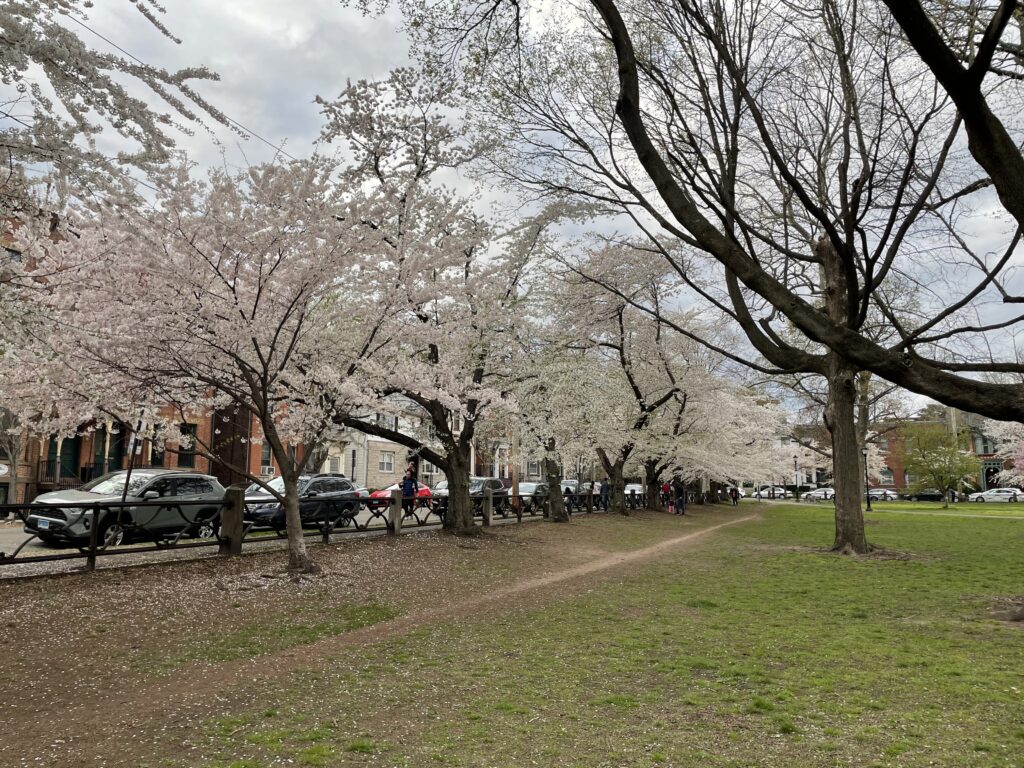
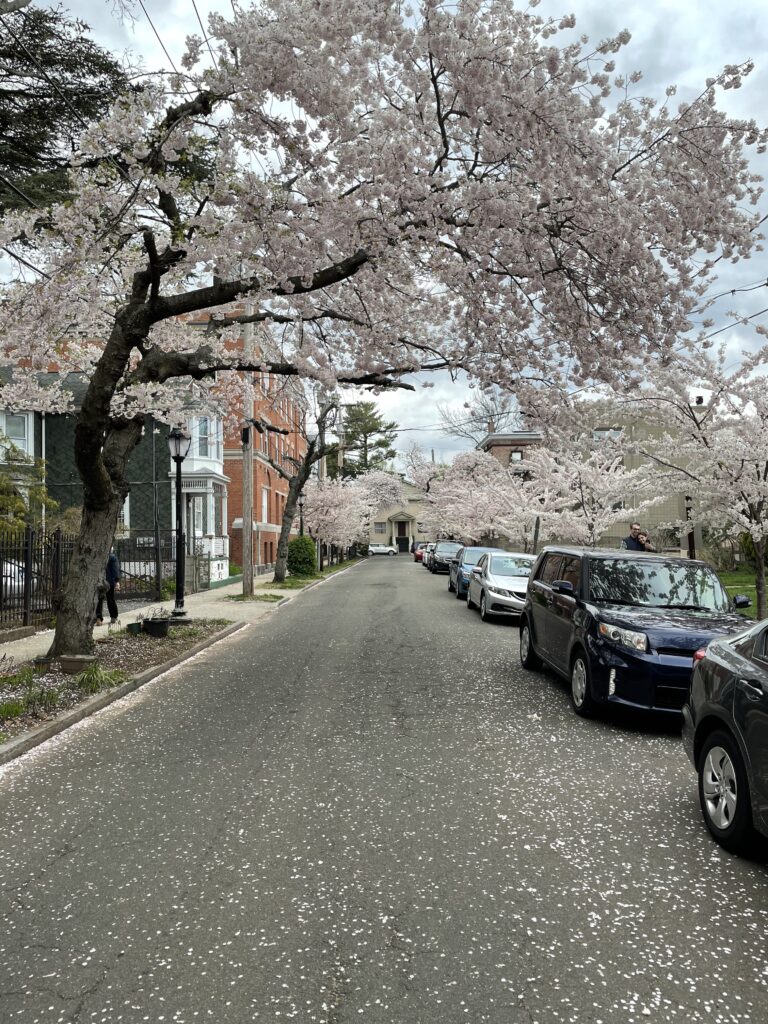
What Do Cherry Blossoms Symbolize?
Cherry blossoms have deep symbolic meaning. They also represent the fragility and transience of life. They tie closely into Buddhist themes of mindfulness, mortality, and living in the present. Many Japanese people believe that cherry blossoms are metaphors for human existence – after all, their bloom time is only fleeting. In Japan, the flowers are most cherished, with the blossoms found in all aspects of Japanese culture, from film to poetry and even paintings. Cherry blossoms hold such appeal in Japanese culture, because of what they symbolize: a time of renewal, the fleeting nature of existence, the impermanence of beauty, the essence of the moment, and much more. All of these concepts have been cherished in Japan since the days of antiquity. In China, they represent love and the female mystique of strength, sexuality, and beauty.
Here in the United States, the cherry blossom takes on a different meaning. In 1912, Japan gifted 3020 trees to the United States in an effort to restore friendship and political alliances. These trees were sent from Yokohama to Washington, D.C., as a gift from the people of Japan to the people of the United States. Today, these cherry trees are commemorated each year at D.C.’s National Cherry Blossom Festival. At this time, thousands of spectators come to the city to watch the trees blossom into shades of pink and white. In the United States, cherry blossoms are still viewed as symbols of tranquility and peace.
Despite the pandemic and chilly weather people have been enjoying the neighborhood (of course with all the precautionary measures like face masks and social distancing). This park is close to New Haven’s Little Italy area (including Frank Peppe’s And Sally’s) and not to forget the gorgeous building styles on the perimeter.
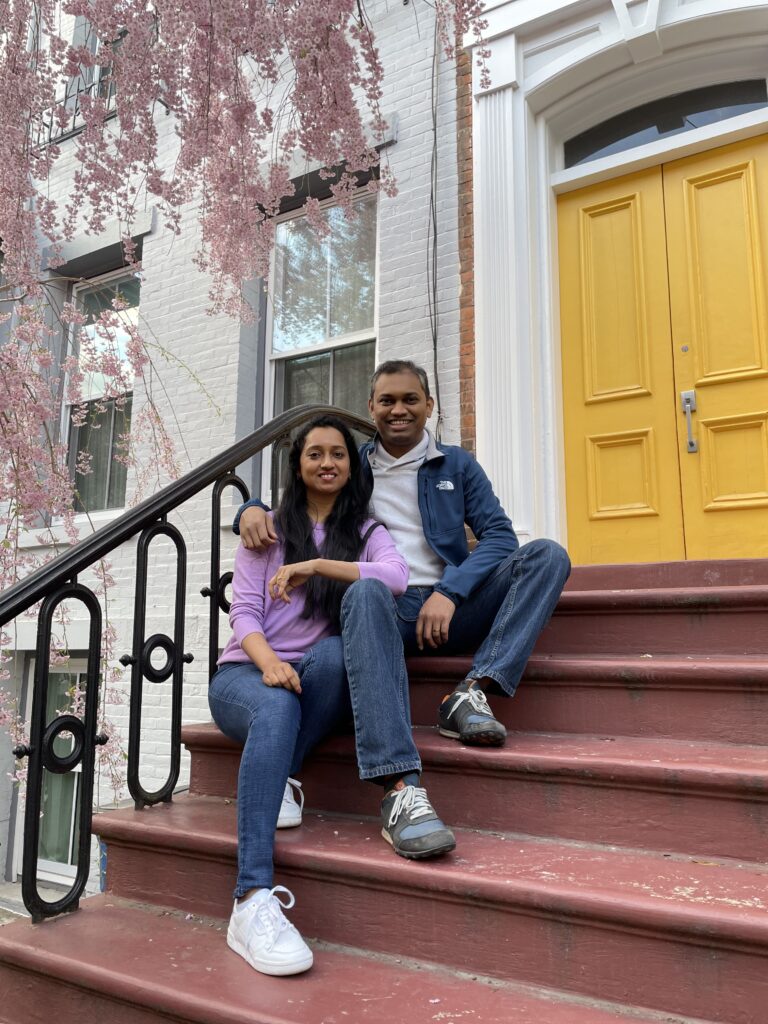
Here are some interesting facts about cherry blossoms that will make you fall even more in love with these iconic spring blooms:
- Sakura is a symbol of Japan, and it’s said that there are over 400 varieties of cherry trees in Japan. The most popular kind of sakura which can be viewed everywhere in Japan is somei-yoshino (Yedoensis).
- Hanami (cherry blossom viewing) has been a Japanese custom since the 7th century when the aristocrats enjoyed looking at beautiful sakura (cherry trees) and wrote poems.
- Unlike other varieties of the cherry tree, Japanese cherry trees do not yield fruit.
- Neither D.C. nor Japan holds the title of “Cherry Blossom Capital of the World.” Rather, it’s Macon, Georgia, which is home to 300,000 Yoshino cherry blossom trees.
- The number of petals influences the flower name. Flowers that have up to 5 petals are called hitoe. Flowers that have 5 to 10 petals are called hanyae. Flowers that have more than 10 petals are called yae.
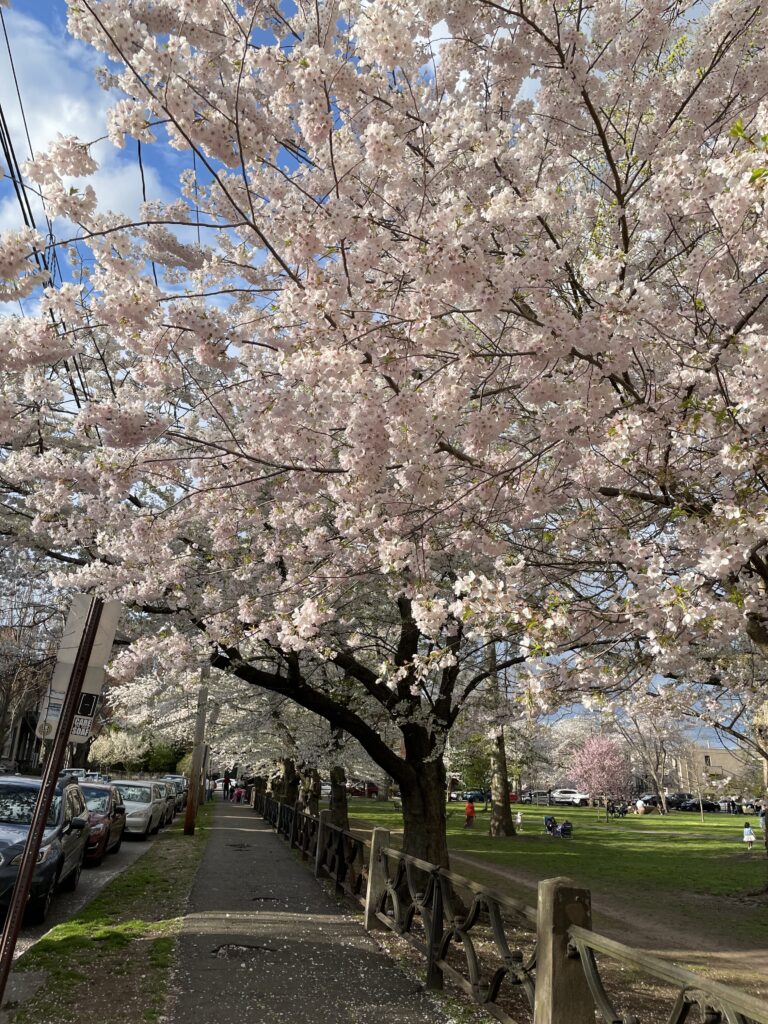
- The cherry blossoms and the leaves are edible and used in many traditional Japanese sweets and tea. They are first pickeled and then used in recipes for mochi cakes, candies, and even cookies. You can also brew sakura blossom tea or make cocktails with preserved blossoms.
- Cherry blossom ice cream is a real thing. Baskin Robbins Japan re-released a limited edition cherry blossom ice cream flavor in 2016. Häagen-Dazs also released a short-run cherry blossom pint for Valentine’s Day in the UK in 2018.
- In Amsterdam, there is a park that has 400 cherry blossom trees—and surprisingly, each tree has its own name! Half have traditional Dutch women’s names, and the other half have traditional Japanese women’s names.
- Sakura is also a symbol of new beginnings in Japanese culture. This is because the academic and business years start in April when the sakura is mostly in full bloom. Many schools and companies have cherry trees outside of them to celebrate and welcome a brand-new start.
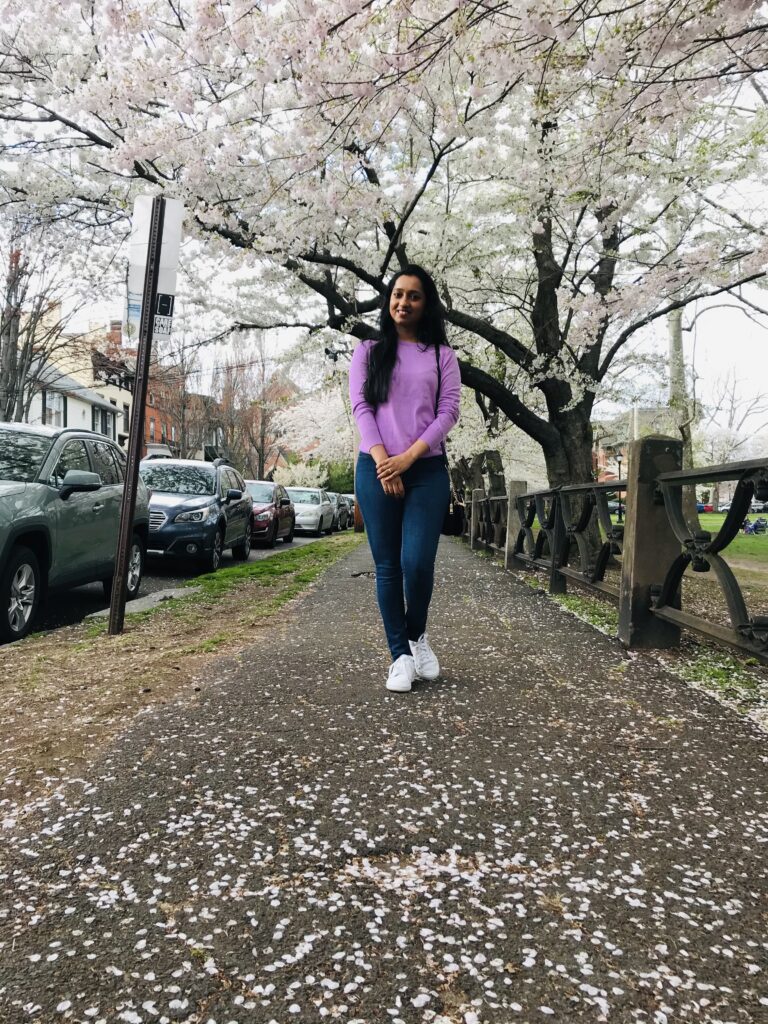
The teaching of cherry blossom, which highlights the transiency of life, is so relevant during current times. It teaches us to honor the present while never losing faith in the future. I hope this read brightens your day and brings some positivity.


